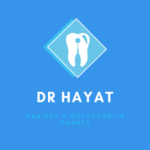To fully view the images, move the arrow cursor from right to left.


Correction of teeth from top to bottom


Correction of teeth from top to bottom (1)
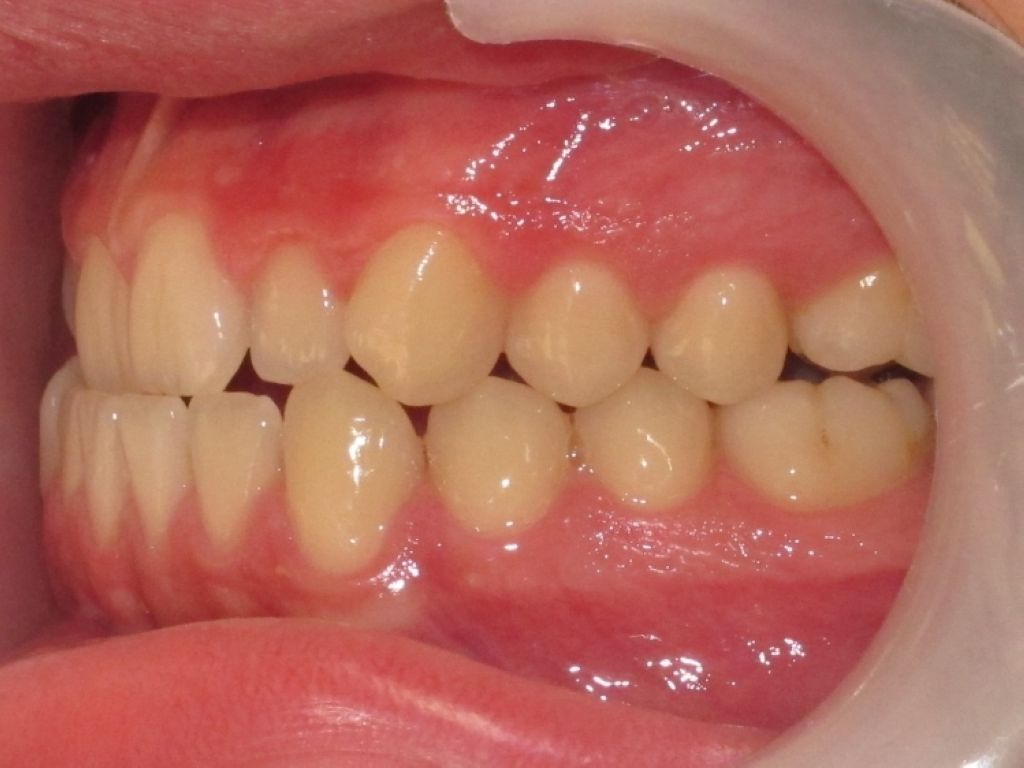
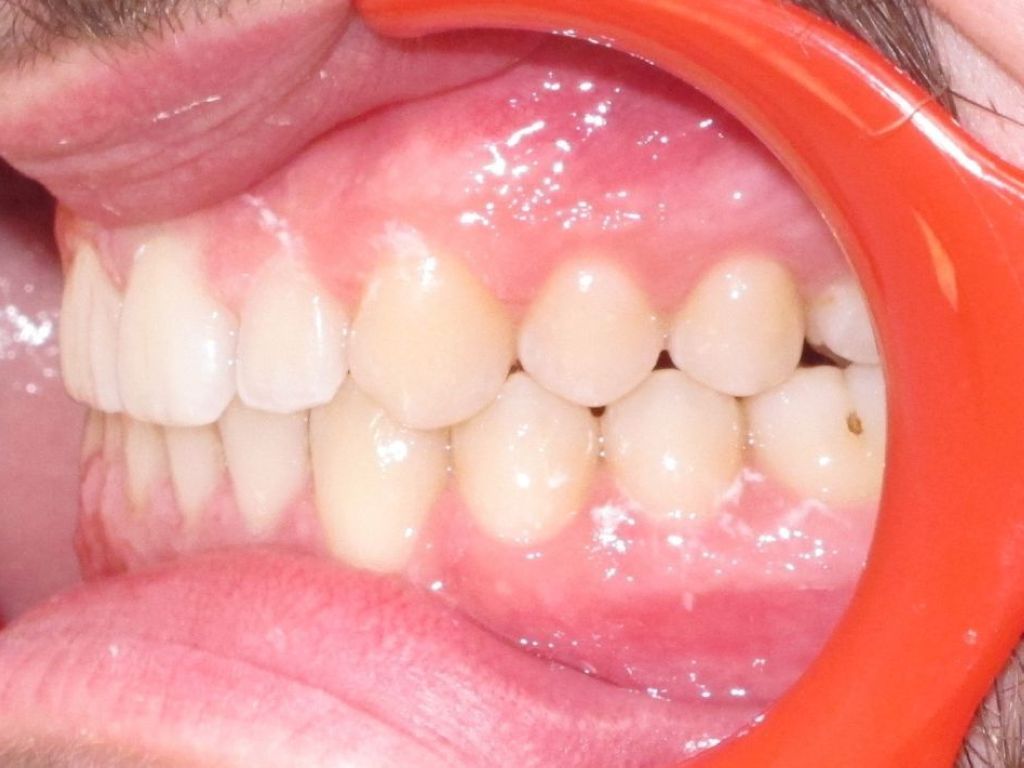
Correction of teeth from top to bottom (2)


Maxillary alignment
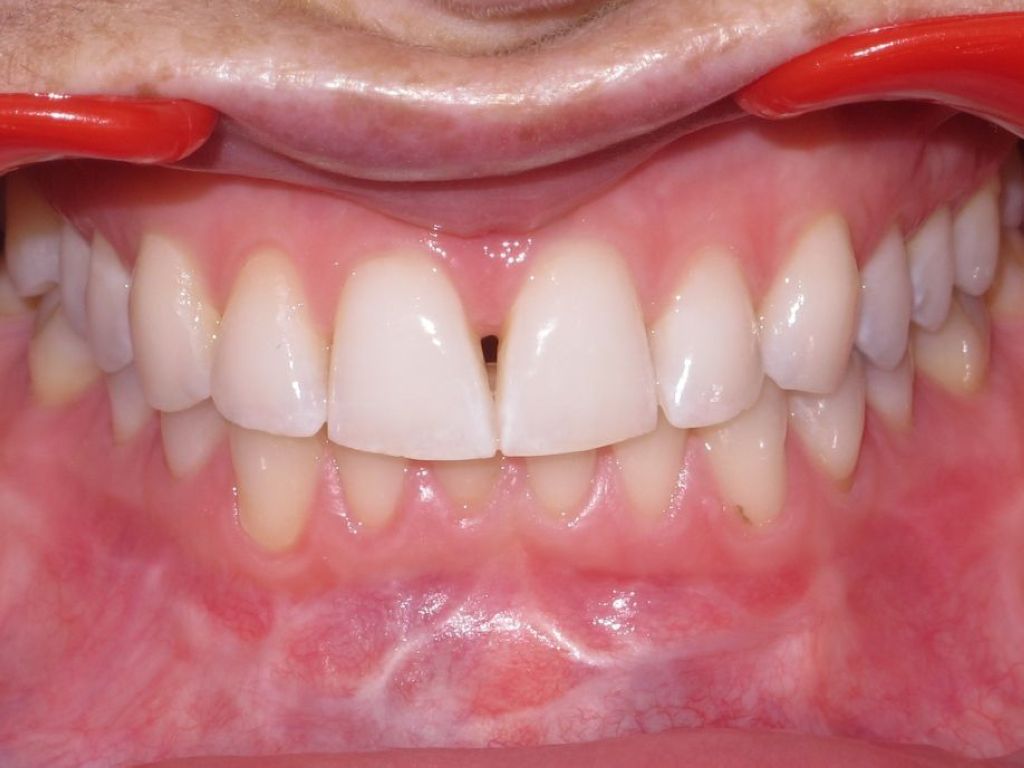
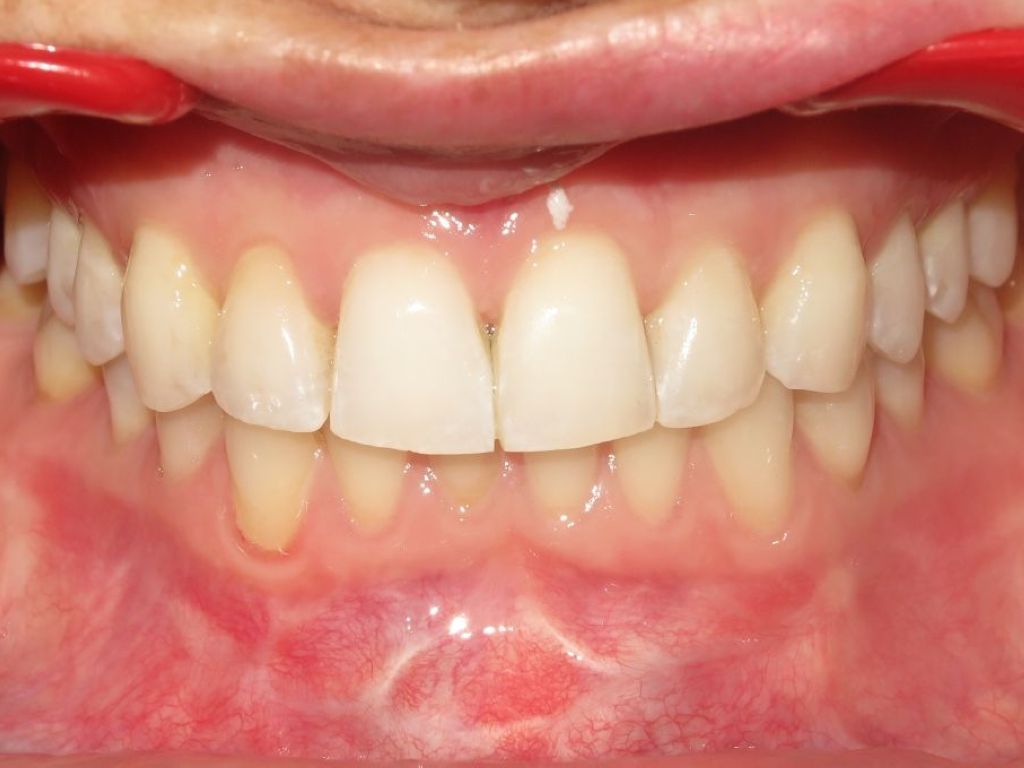
Closing the black triangles between the teeth
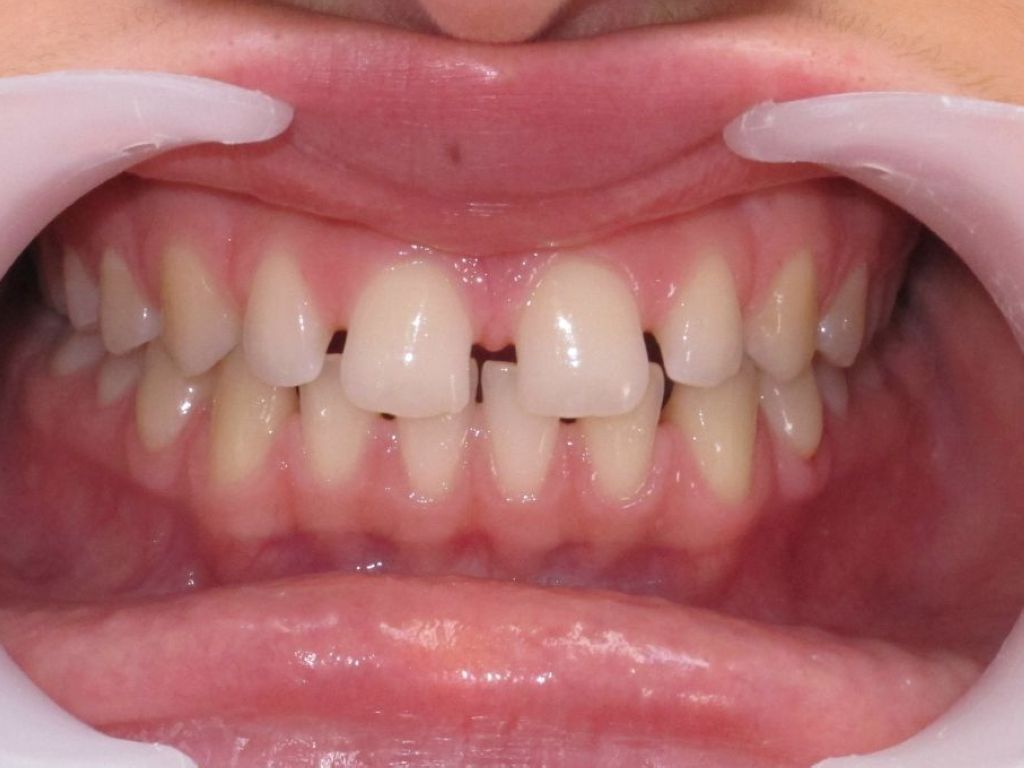
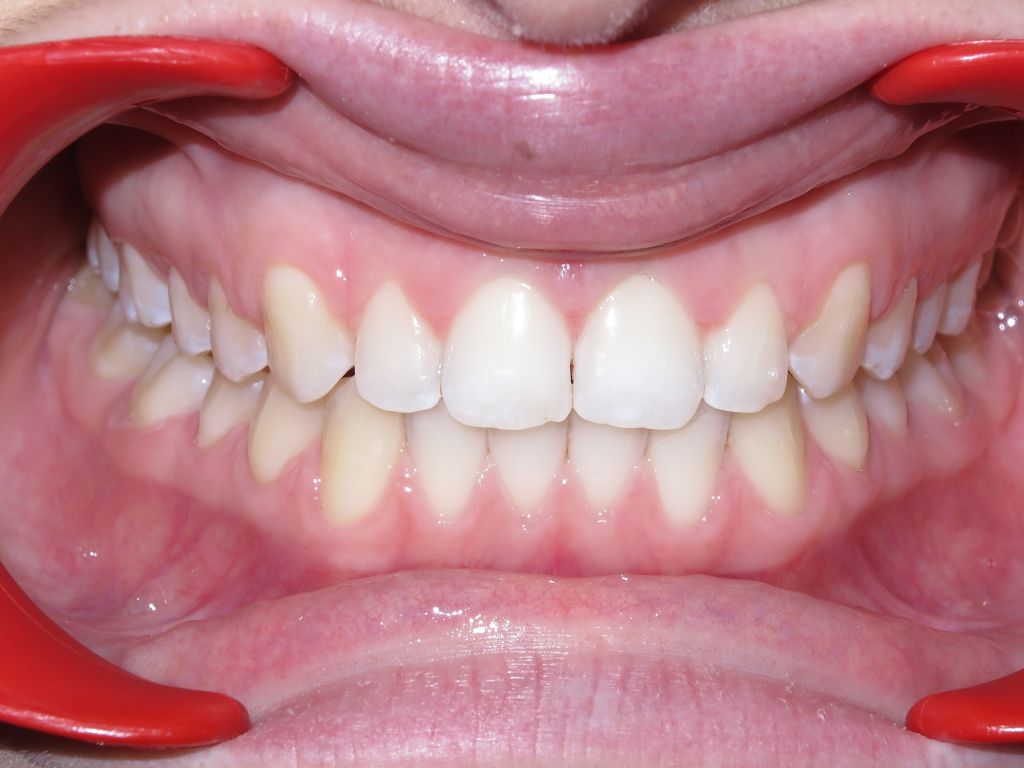
Closing the gaps between the teeth (1)
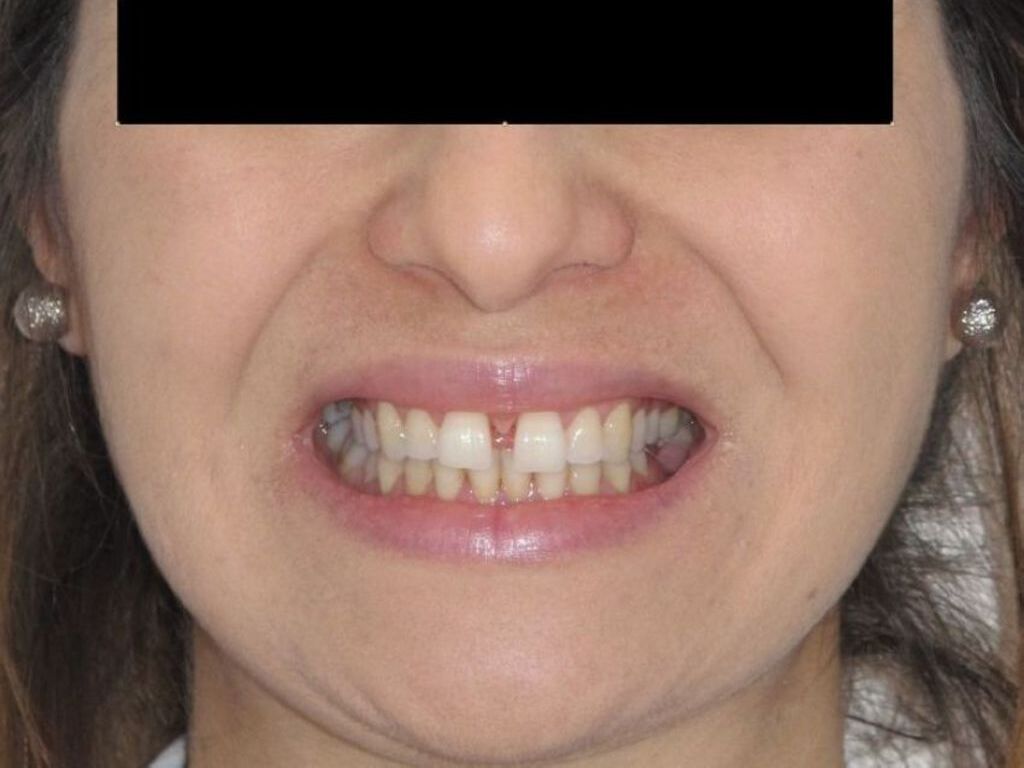
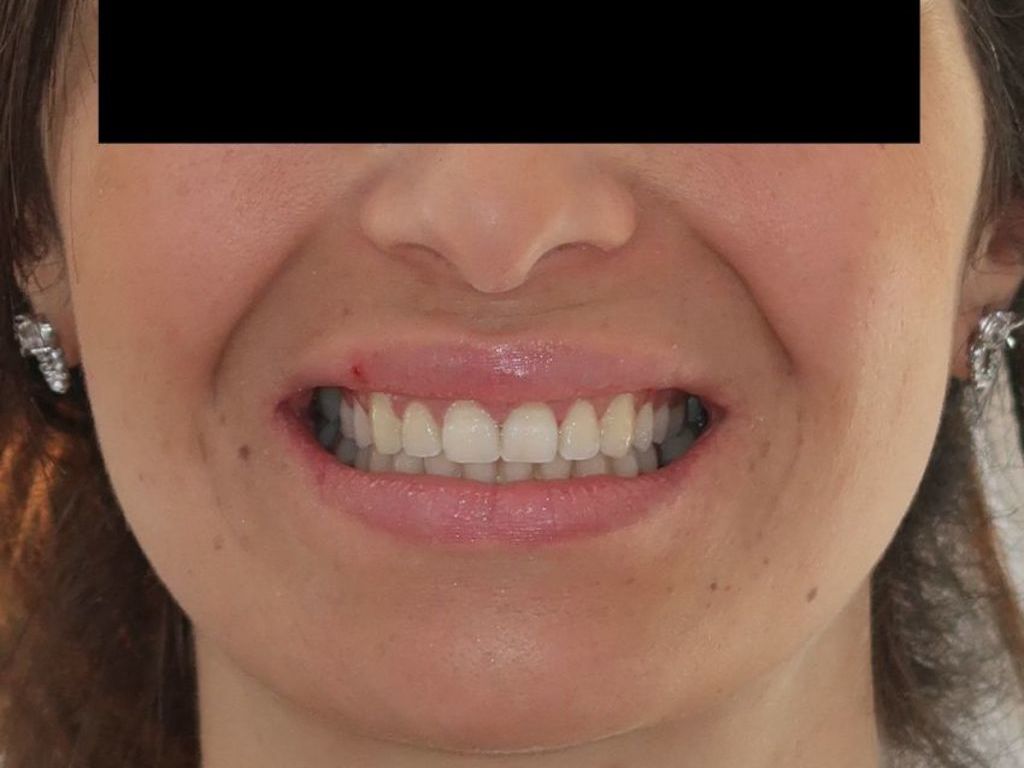
Closing the gaps between the teeth (2)
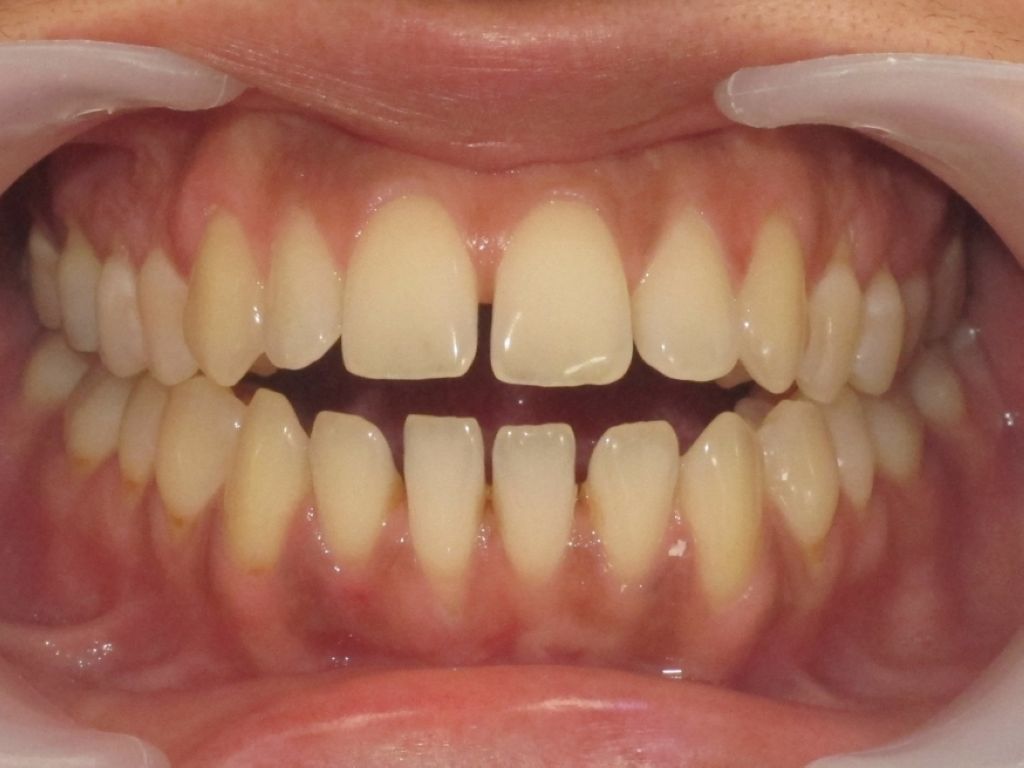
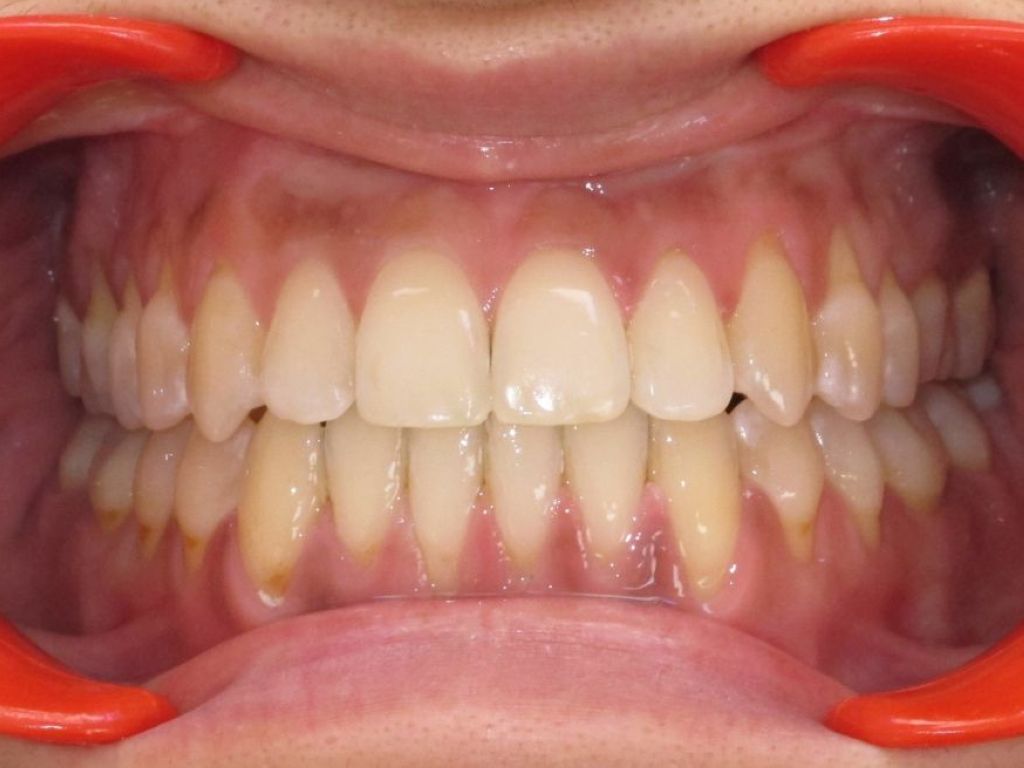
Closing the gaps between the teeth (3)
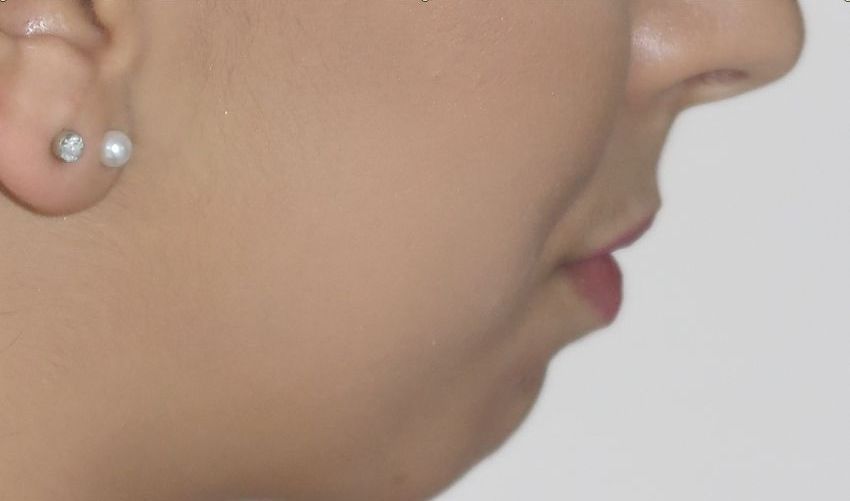
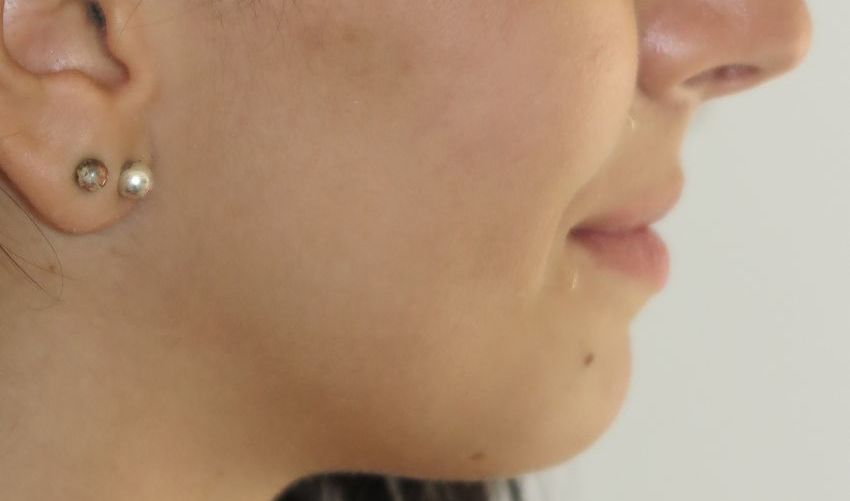
Orthosurgical cases (1)
In adults, when the jaws are not aligned, we use surgery : this allows us to harmonize the facial aesthetics but also the interlocking of the teeth.
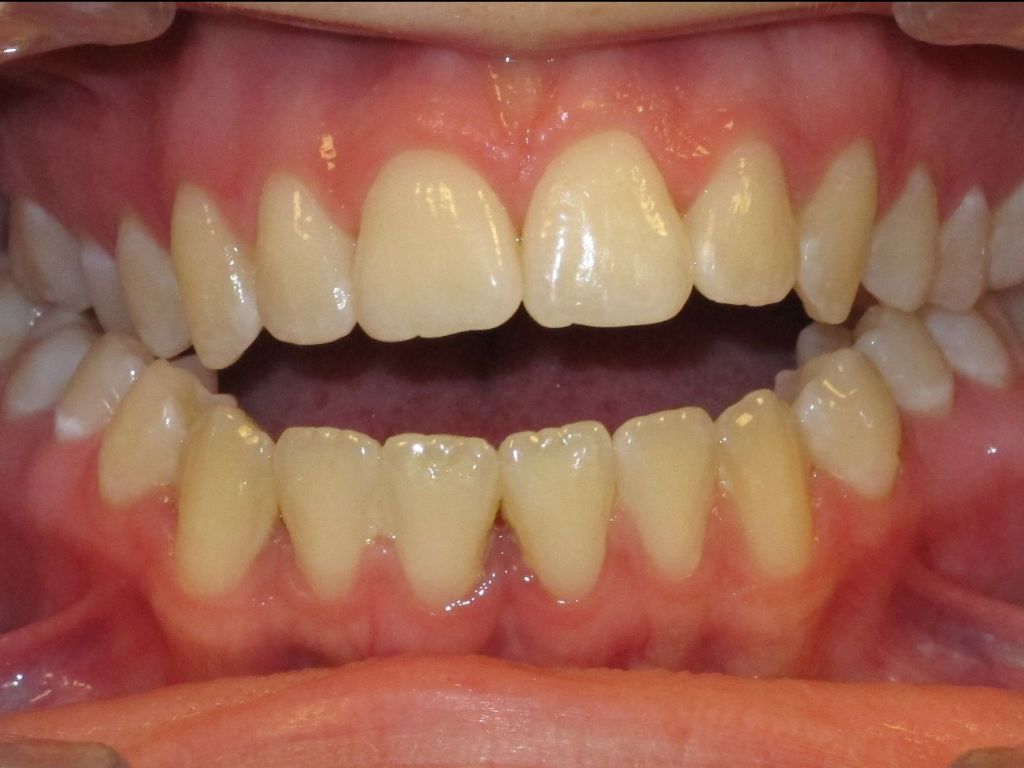
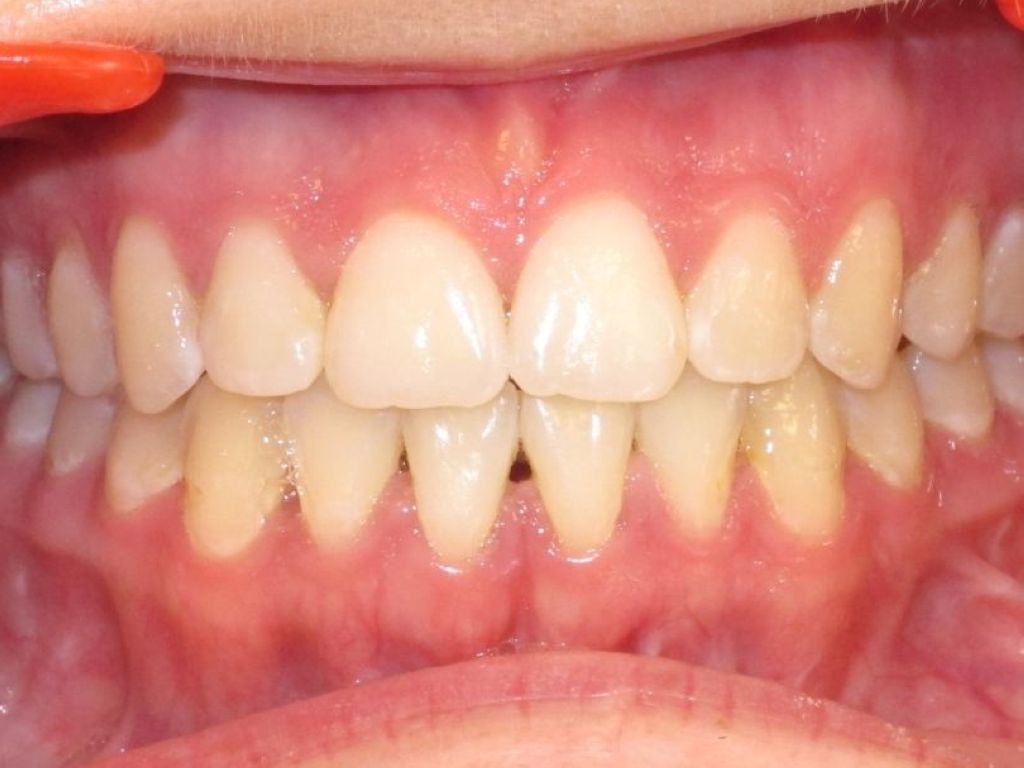
Orthosurgical cases (2)
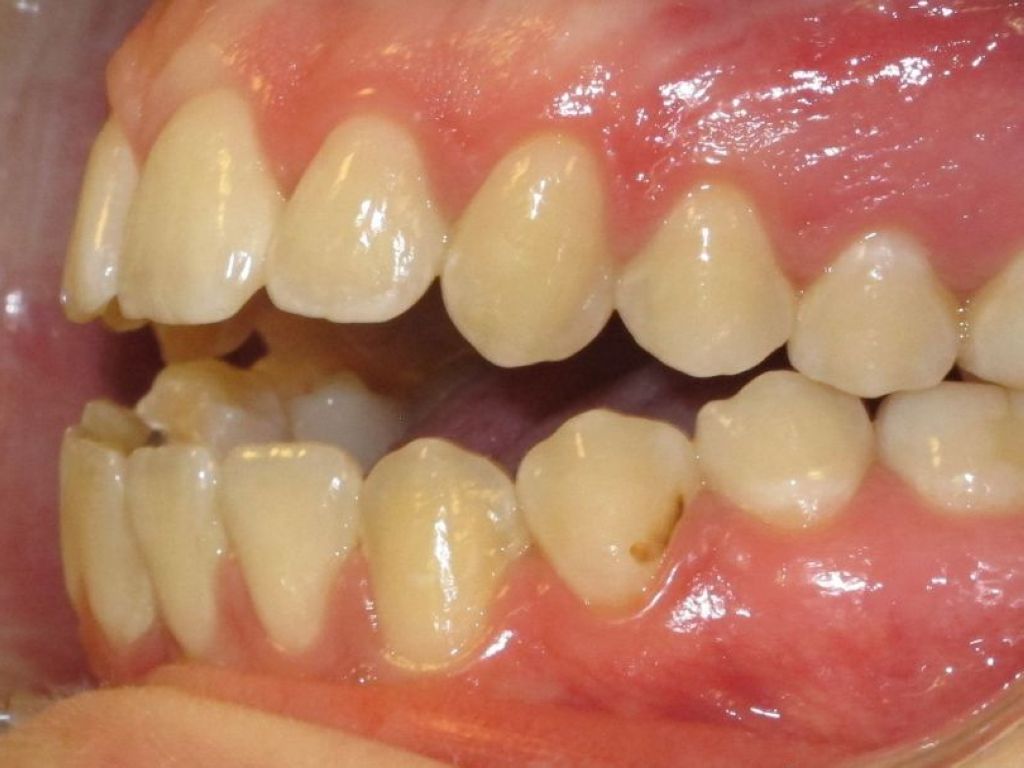
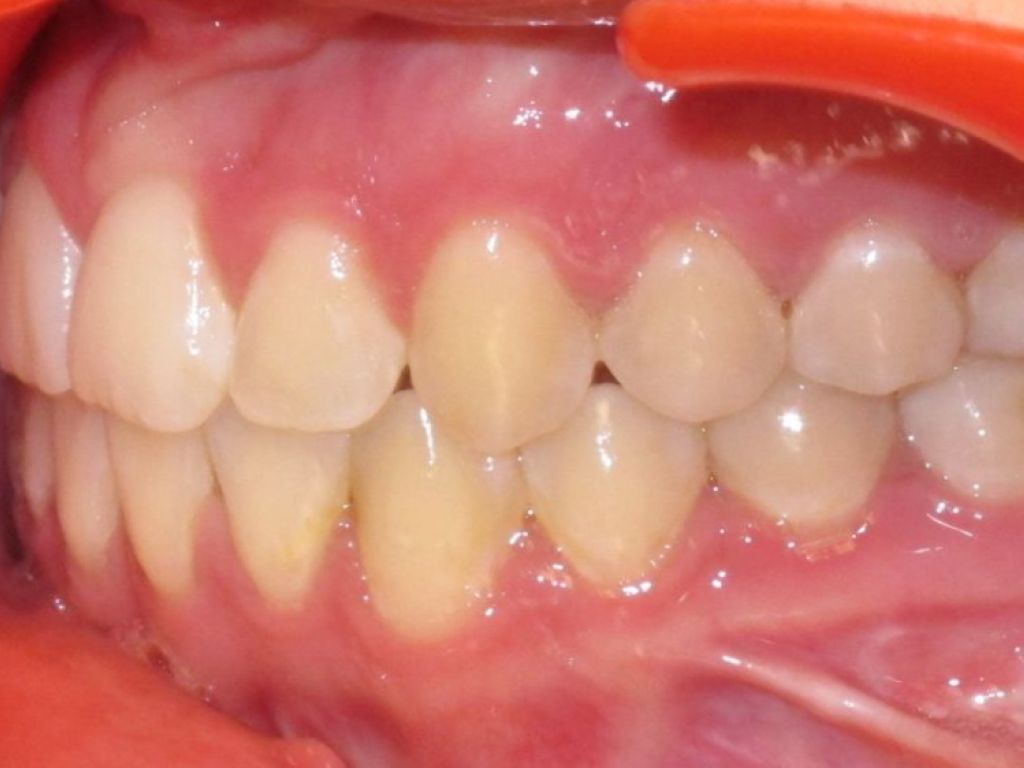
Orthosurgical cases (3)
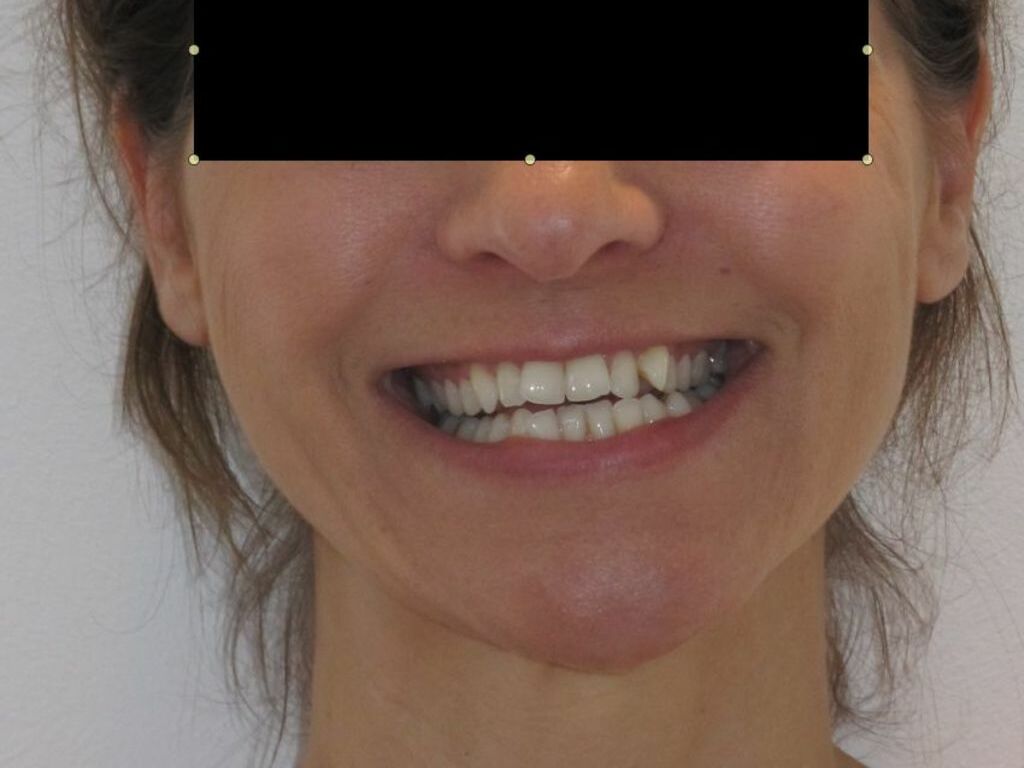
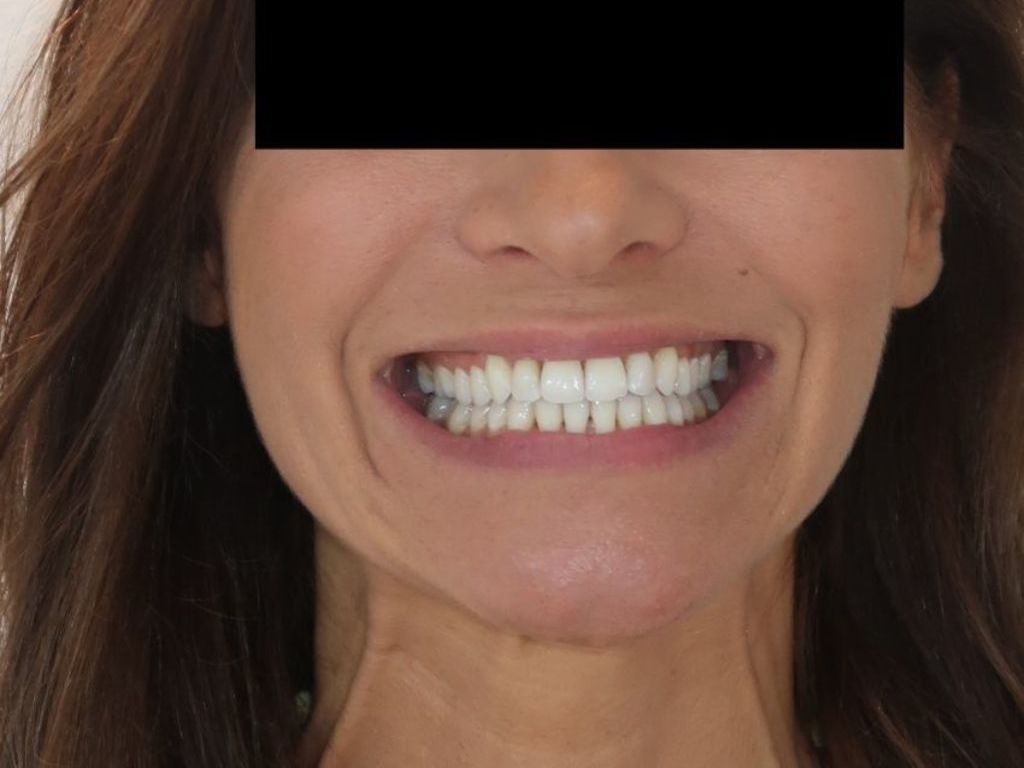
Orthosurgical cases (4)
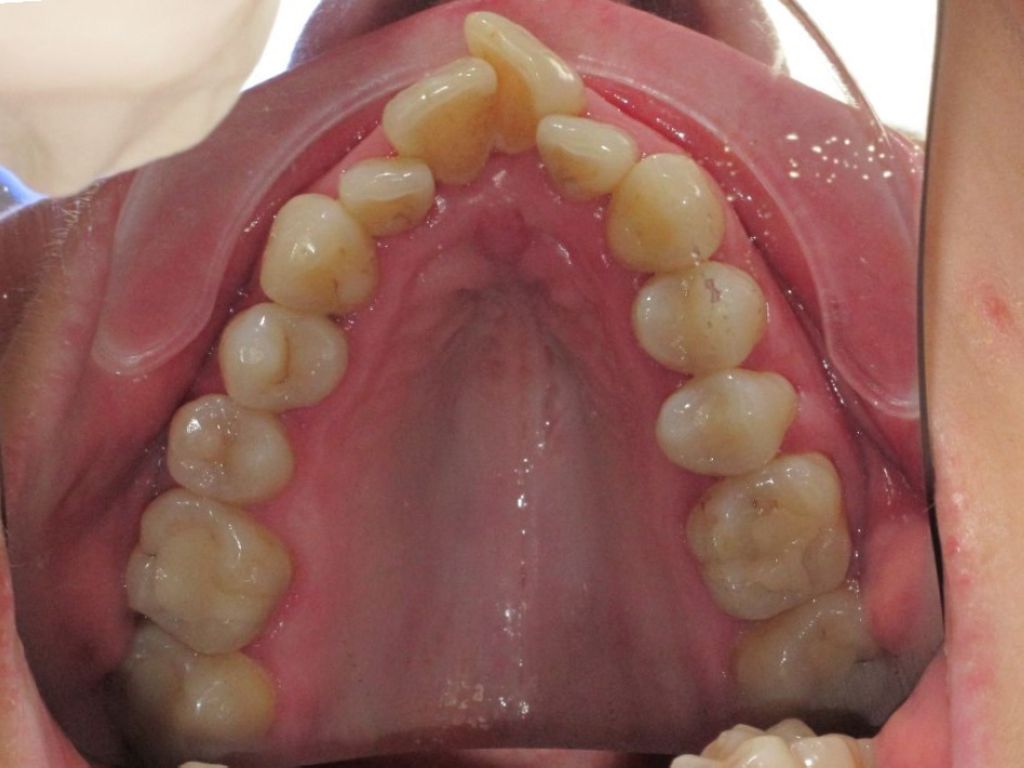
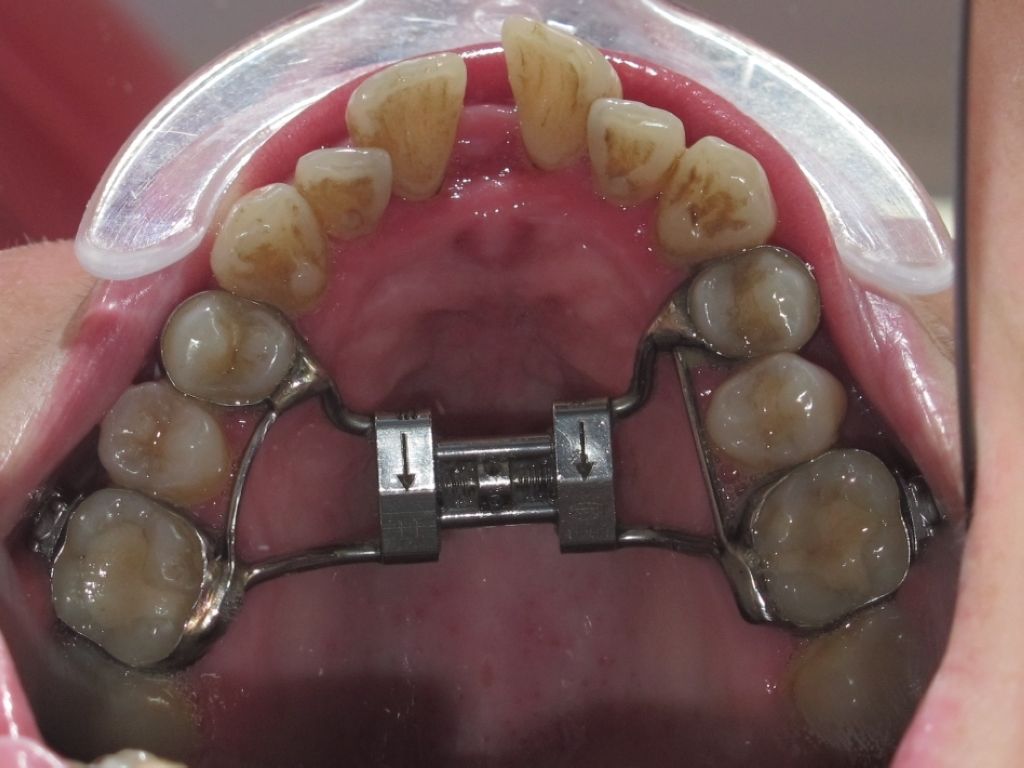
Surgical expansion (1)
To avoid extractions and amplify the smile, here is a case of maxillary disjunction.
1st step -> Enlargement : appearance of a temporary space before alignment.

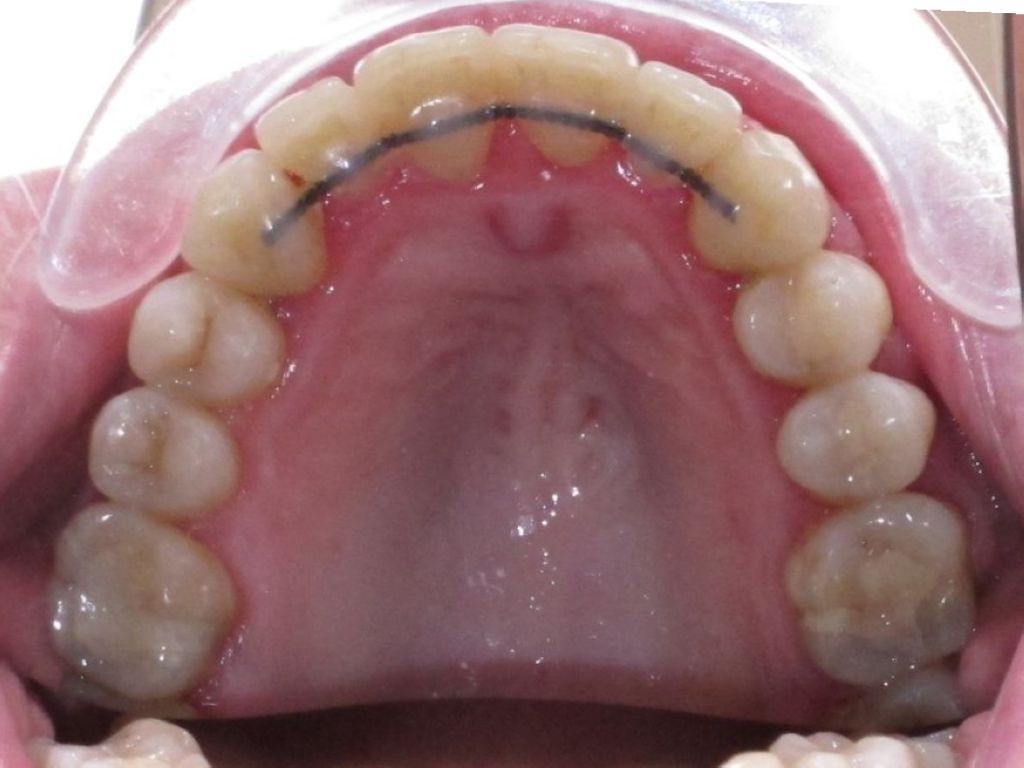
Surgical expansion (2)
2nd step -> Alignment : using the space obtained previously.


Surgical expansion (3)
2nd step -> Alignment : using the space obtained previously.


Case with mini screws (1)
Dr Hayat Steven is a specialist in the installation of mini screws : they improve the meshing of teeth when it is bad only on one side. This avoids the wearing of asymmetric elastics, which can lead to joint problems or unwanted shifts in some teeth.
1st step -> Molar retreat : here we used the screw to retreat the molars, because to have a good interlocking we must in this case retreat the teeth so that the tips of each tooth arrive between two teeth and do not face each other as it is the case here.

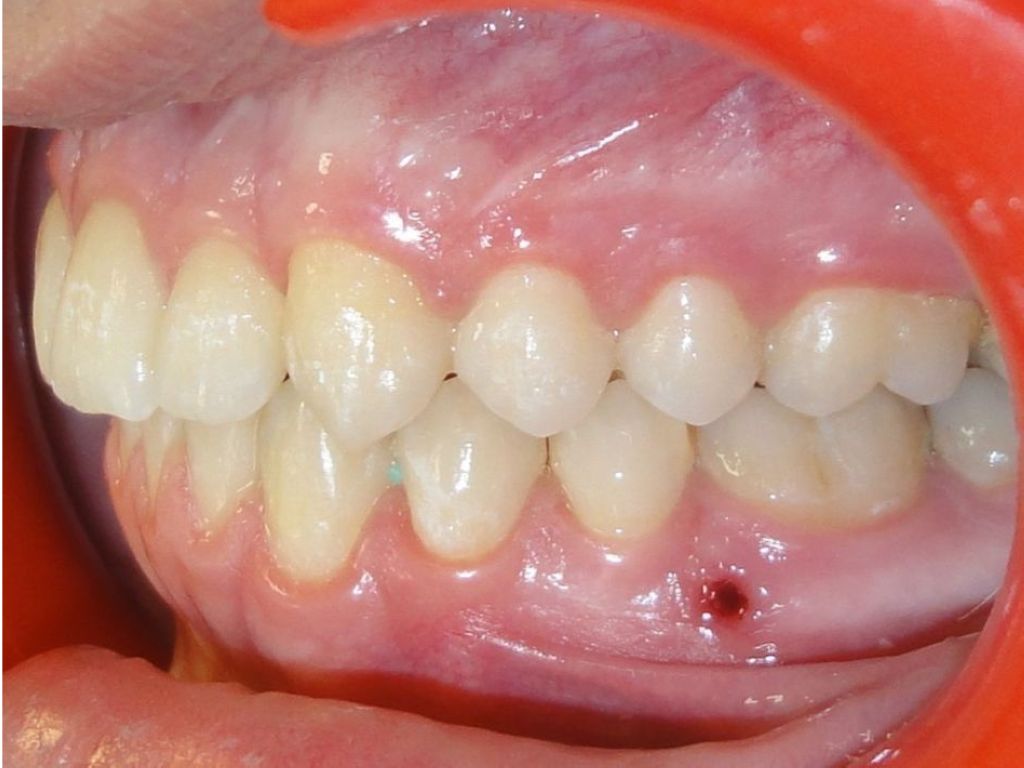
Case with mini screws (2)
2nd step -> Backward movement of the front teeth : you can see between the beginning and end picture, the perfect interlocking between the top and bottom teeth by the position of the teeth tips wedging between the two opposite teeth :
- ensuring a wedging and optimization of the chewing process
- to prevent alignment movement and premature wear of the tooth tips required for food grinding

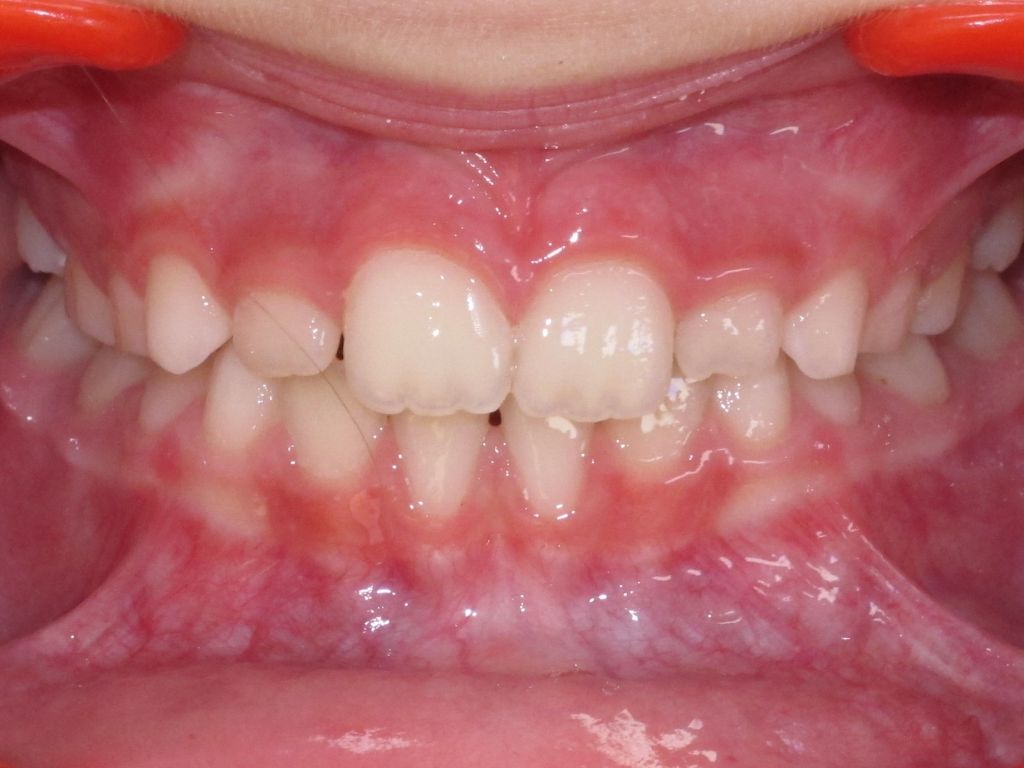
Orthopaedics of children between 6 and 10 years old (1)
Indeed we speak of orthopaedics, because in children we do not align the milk teeth (as they fall) but we align the jaws which can be crooked (as is the case here) or one behind the other, so that the growth is done symmetrically and the permanent teeth find their place to align themselves (thus reducing the time of a future treatment).

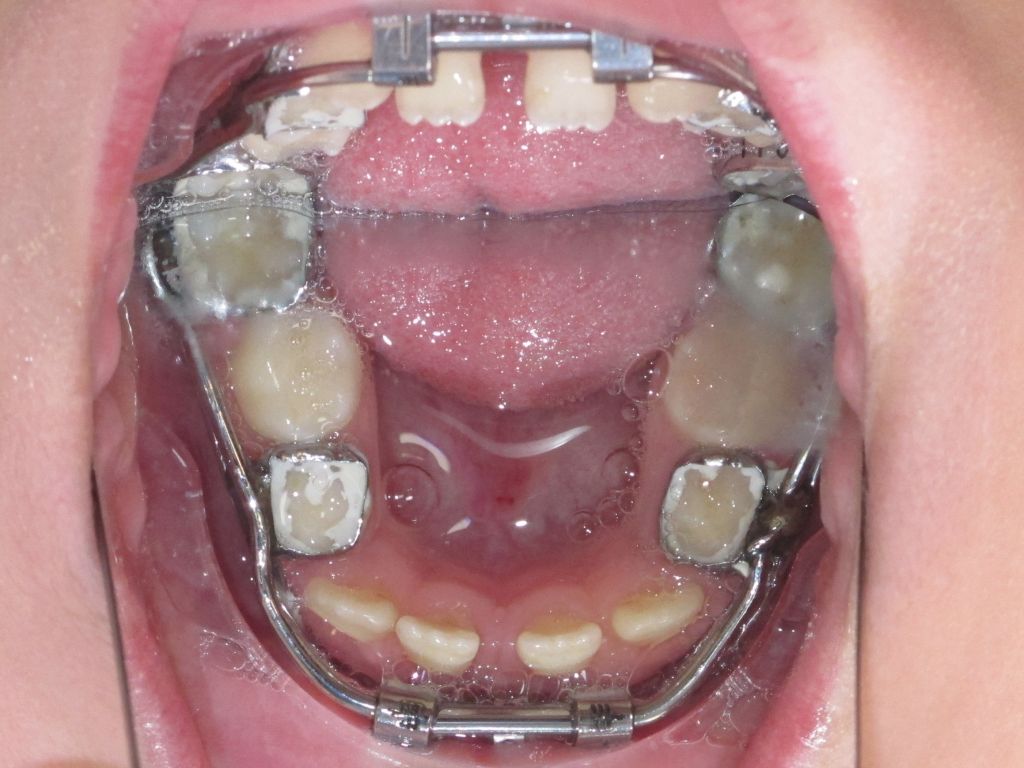
Orthopaedics of children between 6 and 10 years old (2)
Attached is a child suffering from sleep apnea associated with micro-mandibulia (tiny lower jaw, here we note the loss of the right and left milk canines and the lack of space for the permanent canines). While some practitioners remove teeth so that the permanent canines come out, we have widened the jaw to avoid the aggravation of functional problems related to micro jaws (snoring, sleep apnea, breathing only through the mouth).
To fully view the images, move the arrow cursor from right to left.


Correction of teeth from top to bottom


Correction of teeth from top to bottom (1)


Correction of teeth from top to bottom (2)


Maxillary alignment


Closing the black triangles between the teeth


Closing the gaps between the teeth (1)


Closing the gaps between the teeth (2)


Closing the gaps between the teeth (3)


Orthosurgical cases (1)
In adults, when the jaws are not aligned, we use surgery : this allows us to harmonize the facial aesthetics but also the interlocking of the teeth.


Orthosurgical cases (2)


Orthosurgical cases (3)


Orthosurgical cases (4)


Surgical expansion (1)
To avoid extractions and amplify the smile, here is a case of maxillary disjunction.
1st step -> Enlargement : appearance of a temporary space before alignment.


Surgical expansion (2)
2nd step -> Alignment : using the space obtained previously.


Surgical expansion (3)
2nd step -> Alignment : using the space obtained previously.


Case with mini screws (1)
Dr Hayat Steven is a specialist in the installation of mini screws : they improve the meshing of teeth when it is bad only on one side. This avoids the wearing of asymmetric elastics, which can lead to joint problems or unwanted shifts in some teeth.
1st step -> Molar retreat : here we used the screw to retreat the molars, because to have a good interlocking we must in this case retreat the teeth so that the tips of each tooth arrive between two teeth and do not face each other as it is the case here.


Case with mini screws (2)
2nd step -> Backward movement of the front teeth : you can see between the beginning and end picture, the perfect interlocking between the top and bottom teeth by the position of the teeth tips wedging between the two opposite teeth :
- ensuring a wedging and optimization of the chewing process
- to prevent alignment movement and premature wear of the tooth tips required for food grinding


Orthopaedics of children between 6 and 10 years old (1)
Indeed we speak of orthopaedics, because in children we do not align the milk teeth (as they fall) but we align the jaws which can be crooked (as is the case here) or one behind the other, so that the growth is done symmetrically and the permanent teeth find their place to align themselves (thus reducing the time of a future treatment).


Orthopaedics of children between 6 and 10 years old(2)
Attached is a child suffering from sleep apnea associated with micro-mandibulia (tiny lower jaw, here we note the loss of the right and left milk canines and the lack of space for the permanent canines). While some practitioners remove teeth so that the permanent canines come out, we have widened the jaw to avoid the aggravation of functional problems related to micro jaws (snoring, sleep apnea, breathing only through the mouth).
